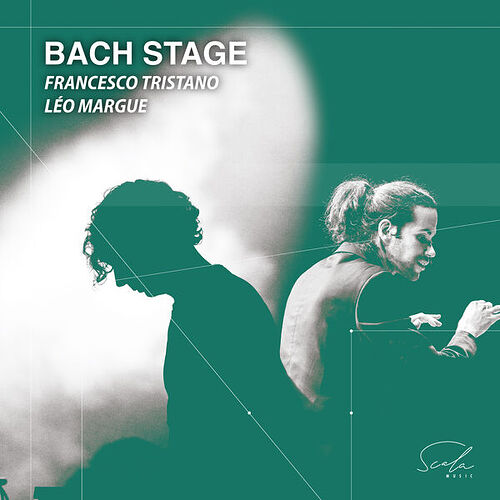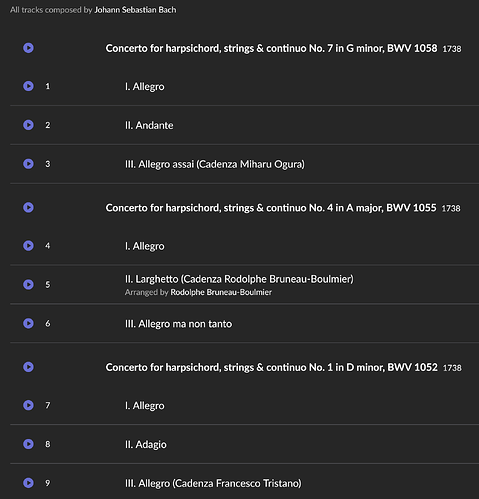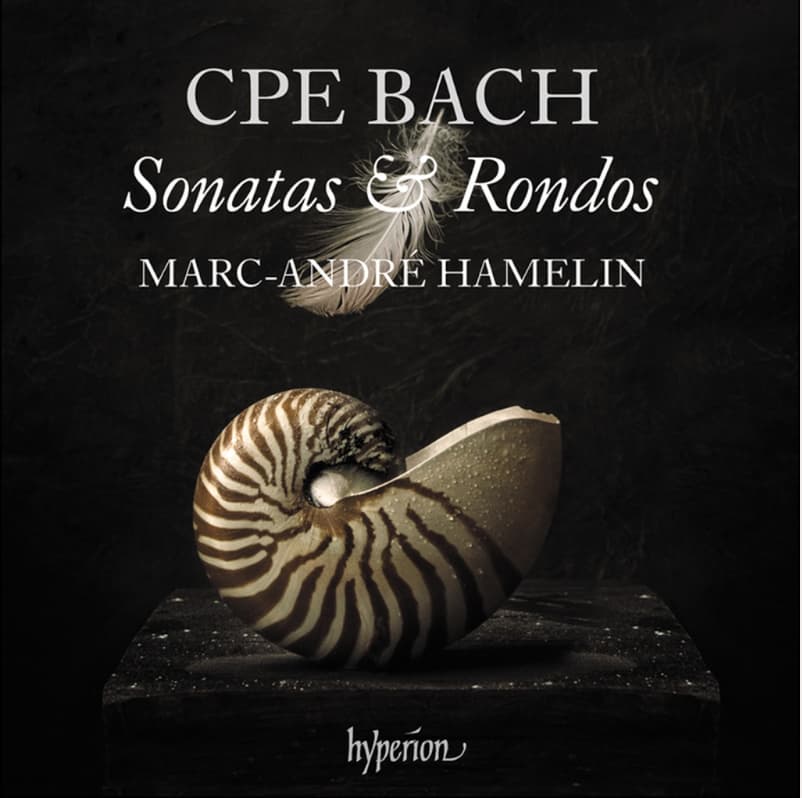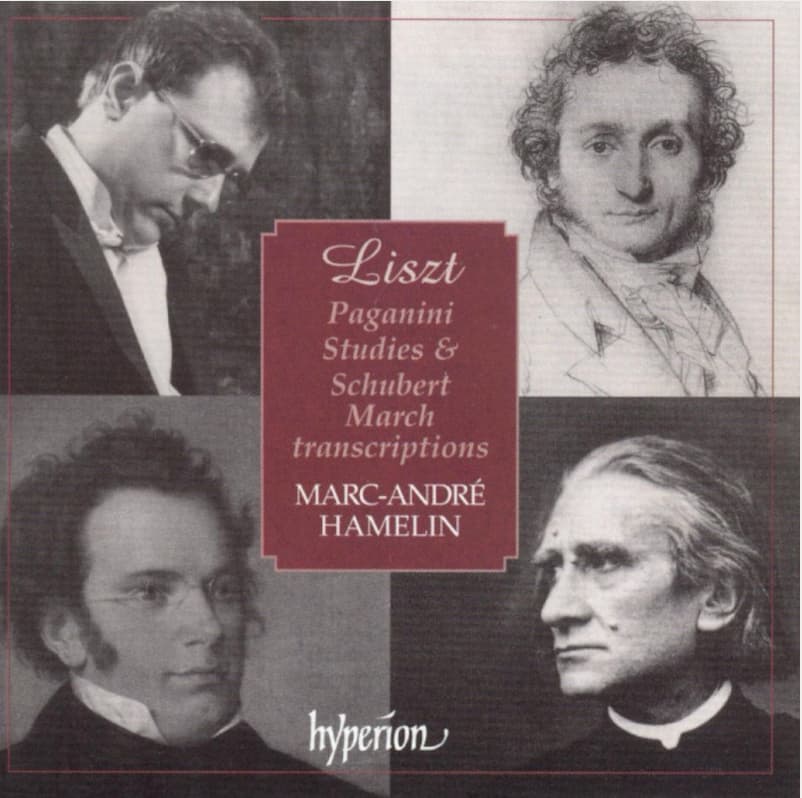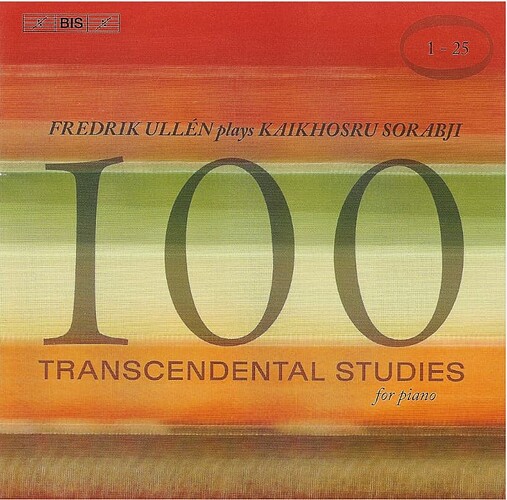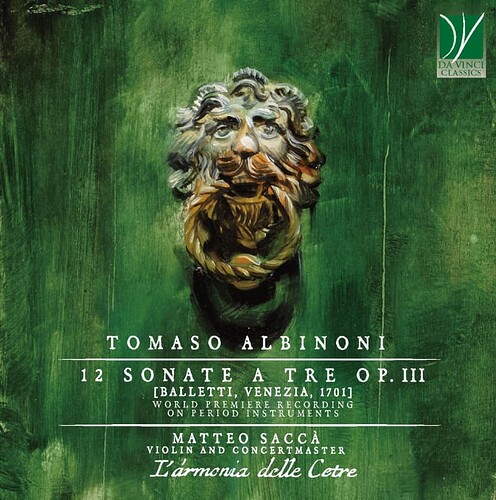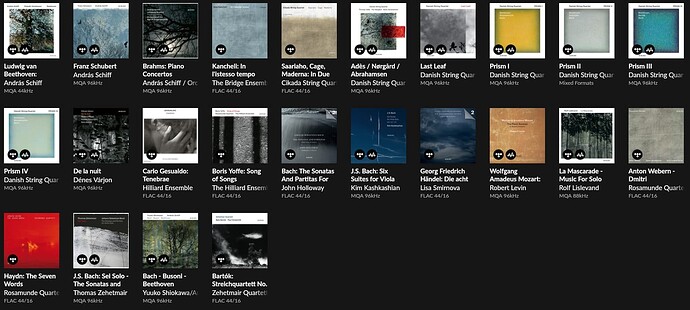Well put. I gravitate toward music that demands my attention. Nothing wrong with a bit of ambient music now and then, though.
It is, as you say, euphonic with Procrustean tempi, contemplative, heavily pedaled and splendidly recorded in lovely Weimar’s Jakobskirche intimate spatial volume. An exceptionally thoughtful performance, I’m enjoying it as a pleasant alternative for now, although it seems to be sinking its hooks into me. Definitely not for those who don’t enjoy romanticized Bach. One of the warmest WTC I’ve encountered. Thank you. Thank you also for the pointers to the review and the film. Icing.
Do you prefer the alto or tenor shovel? ![]()
Send me a good recording with provenance and I’ll let you know. I’m admittedly pretty catholic in my musical taste. ![]()
Thank you, eclectic. This is an enjoyable recording by a great baroque ensemble. First time I am aware of hearing a colascione. Sorry, Andreas, but I couldn’t find a good image of this instrument. Be prepared for a general slowing from your quotidian time sense while listening to these bass continuo pieces, particularly with the Heinrich Biber Sonata for violin & continuo in C minor Passacaglia adagissimo. The two ciaconna, by Bertali and Schmelzer, respectively, are very pleasant (Gunar Letzbor calls these baroque Greatest Hits) and are clearly showcases for Mr. Letzbor. I enjoyed the Heinrich Döbel piece most of all, closely followed by the Vilsmayer Sonata in E-flat major. One of the most unique aspects of this performance is that Art Antiqua Austria brings back the “Salzburg Lute” continuo instrumentation. You’ll need to read the booklet to discover what this means.
I’ve previously enjoyed this group’s Heinrich Bieber and Georg Muffat recordings, when I’m in a baroque frame of mind.
Also noteworthy is Patricia Kopatchinskaja, who performs her own cadenzas (here at 19:45, 33:25, and 41:05).
Her recording is with Herreweghe and Orchestre des Champs-Elysées.
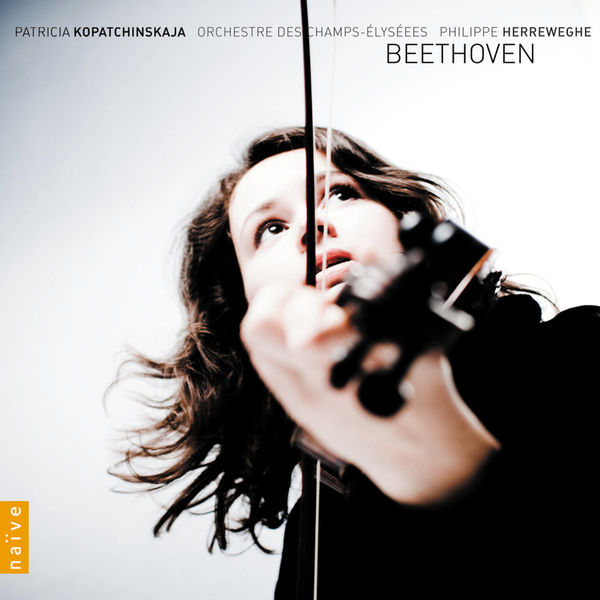
Continuing on the topic of cadenzas, pianist Francesco Tristano has a new recording of Bach keyboard concertos with modern cadenzas (see the track listing). The recording is available on streaming services (Spotify, Qobuz, Tidal, etc).
He had previously recorded the same Bach concertos (and more) on an excellent album worth a listen, but using less radical cadenzas.
Thank you @mSpot. I love the orchestral/violinist interplay on the Herreweghe/Kopatchinskaja performance! This is a strong and unique flavor. Haven’t listened to the Bach Stage or Complete Keyboard Concertos you mention above, but am intrigued. Thank you for these. I’m currently listening to another Bach’s compositions, performed by one of my favorite pianists. The Rondo in E major is exquisite.
Thank you! Looked for images and found theorbo’s and other instruments standing in for the colascione. A three-stringer.
You’ll think I’ve gone barmy, but I spent the evening listening to and greatly enjoying Fredrik Ullén’s Kaikhosru Sorabji 100 Transcendental Etudes (1-25). Definitely hear Ligeti precursors and fabulous piano technique…, but not a crowd pleaser. Got there as followup to Marc-André Hamelin’s Liszt Paganini Studies (superb) and Schubert transcriptions (also excellent, but less virtuosic). Virtuoso trifecta.
In February 1945, several devastating airstrikes wiped out one of the loveliest Baroque cities north of the Alps. With Dresden’s destruction, a vast archive of musical and literary manuscripts was lost forever, and within this archive was catalogued the little we had in terms of documentary evidence of the latter half of a Venetian composer’s life, who by this time had already been largely forgotten for a long time.
In 1958, the Italian musicologist Remo Giazotto published a short but remarkable musical work, which would be go on to become one of the biggest and most popular hits of classical music. His Adagio in G minor for strings and organ, on two thematic ideas and on a figured bass by Tomaso Albinoni draw new attention to a composer, who had been born in Venice in 1671, only seven years before Vivaldi’s birth, and who had died at the same place in 1751, some ten years after Vivaldi’s passing. Giazotto, who had been working on Albinoni’s musical catalogue and biography, claimed to have used a manuscript fragment of a church sonata he had obtained after the war from the Saxon State Library at Dresden, and which he recognized as possibly part of Albinoni’s opus 4 set of sonatas. The manuscript fragment has never been made public, and to this day it is unclear if it really exists, or if all this was only a successful forgery by Giazotto to draw back his hero Tomaso Albinoni into public awareness.
During his life, Albinoni was foremost known as composer of a large number of operas, which are mostly lost, as they were never formally published. But there also is quite a catalogue of instrumental works—trio sonatas, concertos, etc—and the well-known Italian ensemble I Solisti Veneti under the direction of Claudio Scimone has released a remarkable discography of Albinoni’s music.
In 1701, Albinoni published a set of 12 Sonate a Tre with dedication to Fernando de Medici, Grand Prince of Tuscany. This was his opus 3 set, and is said to have been his first large musical success. But, looking for available modern recordings of this set of twelve sonatas, one comes up rather empty-handed, as to this day apparently only two recordings have ever been released. In 2006, the first recording by the ensemble Benedetto Marcello was released with rather unfavorable recording quality on the Italian Bongiovanni label, and only last year a second recording was finally released, this time by the also Italian ensemble L’armonia delle Cetre under the musical direction of the violinist Matteo Saccà. This time the playing and sound quality are very much improved and much more apt to reintroduce these beautiful pieces to the public.
On hearing these pieces I was surprised by their beauty and musical quality; they definitely deserve to be brought to the attention of music lovers, and hopefully to be more widely interpreted and recorded.
Albinoni’s Adagio in G minor was part of the soundtrack of my youth. Still find it deeply moving. Looking forward to hearing these. Thank you.
Probably it is rather Giazotto’s Adagio in G minor, but yes, this we all carry in our minds. It has been used very often in popular TV shows and movies…
Beautiful story with a happy ending. Thank you
I happily stand corrected. Ignorance is an inflammatory disease I’m constantly battling in myself. Thank you. A brilliant bit of ersatz Abinoni for a splendid cause.
This appeared in my Roon reccomendations today. I enjoyed it.
On ECM so I expected some jazz influences. It also has celtic folk touches at times. I kept thinking the addition of some Uilleann pipes would be good. Has Purcell, Dufay and the aformentioned Josquin in addition to original compositions.
Sorta new guy here. Probably replowing old ground.
Watched the film Tar last night. What I or anyone thinks about the film is irrelevant.
But…I could not help but loading up Bernstein and the Wiener Philharmoniker for the full treatment of Mahler’s 5th. (FWIW, Tidal version.)
I’m exhausted.
Fair assessment. Bernstein with the Wiener Philharmoniker live is a splendid version. I prefer the Herbert von Karajan/Berliner Philharmoniker and Michael Gielen/SWR Sinfonieorchester versions. Have to be in a rare mood to listen to Mahler 5. Lots of winds/percussion-based intensity to reach the Adagietto, which, when played properly, is quite special, yet not saccharine.
Haven’t seen Tar, but a film that attracts interest in classical music is welcome. I understand that a number of conductors are put off by the ruthless conductor portrayal. Having spoken with a few of them, I’d say ruthless (and I mean that in the best sense of the word) seems accurate.
Yes. A fair degree of ruthlessness to be sure. But they might be more put off by what seems to be presented as a stereotype of relentless, blind and—ultimately—reckless ego and solipsism. I didn’t like Lydia Tar much. And she doesn’t do well as a hapless victim either.
But Cate Blanchett is—as one might imagine—amazing.


